- Home
- Our Story
- Safaris & Excursions
- Guides
- Gallery
- News
- Contact Us
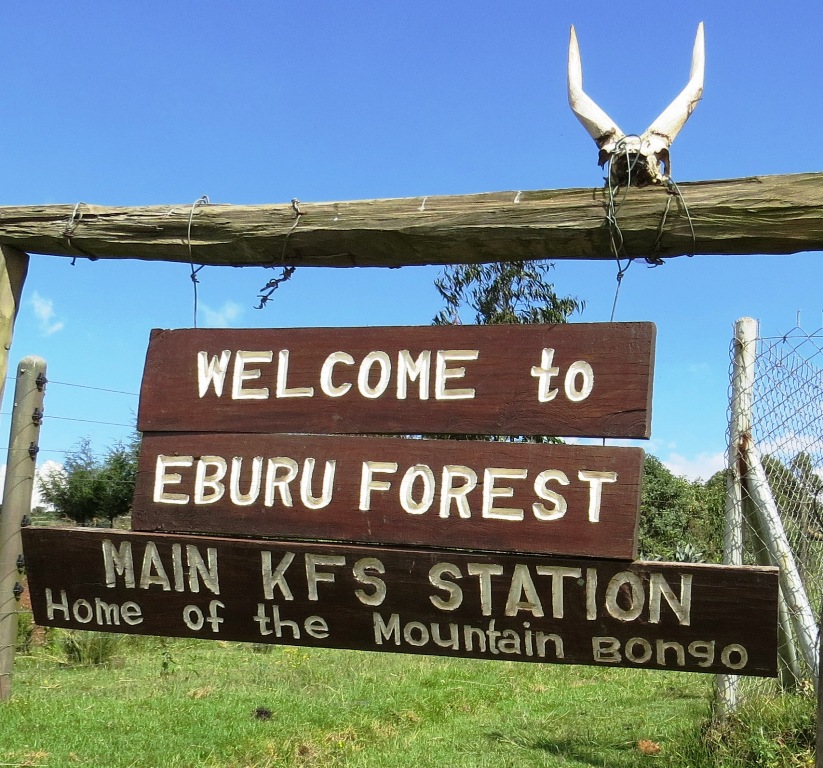
Mau Eburu forest is the easternmost conservatory of the 22 gazetted forest blocks that form the vast 420,000 hectares Mau Forest Complex, within Kenya’s Great Rift Valley. Mau Forest is the largest indigenous montane forest in the whole of East Africa, Mau Forest is one of Kenya’s water towers, which has some of the highest rainfall rates and the largest drainage basin in Kenya.
Mau Eburu forest is located among the folds of “Mount Ol Donyo Eburu“, meaning a mountain of steam, assigned by the Maasai people some 300 years ago, Mau Eburu is a geologically active volcanic massif rising 2,855m above sea level, that, some 900 meters above adjacent areas on the Rift Valley. Mau Eburu forest area covers 21,536 acres (87 kilometers square) of pristine indigenous forest and forms part of the Rift Valley conservation and ecology ecosystem stretching from Lake Nakuru National Park, Lake Elementeita, Soysambu Conservancy, Lake Naivasha, to Longonot and Hell’s Gate National Parks.
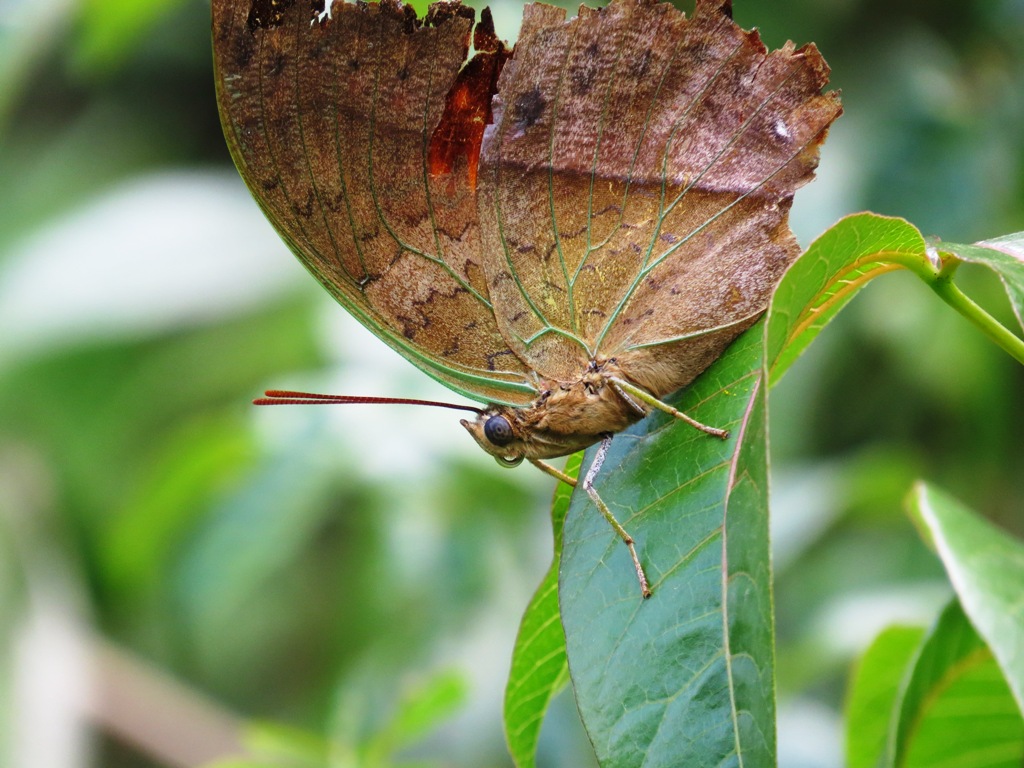
Mau Eburu forest overlooks Lake Naivasha to the South East, Lake Elementaita to the North, and Lake Nakuru to the North West. The Mau Eburu forest covers some phenomenal rugged terrain, rich in measurable vista. Exceedingly deep valleys, cut by mountain streams that fall over sheer rock cliffs into narrow gorges dressed up with ferns. No less spectacular are the forest’s magnificent stands of the tall-growing conifers, pencil cedar, and podo dispersed, higher up, with thickets of African mountain bamboo and giant heather. A wide belt of closed-canopy broadleaf forest, almost pristine in places covers the tumbling upper slopes of Eburu, many of the plants, wildlife, and birds marooned in the forest have western affinities. Mau Eburu forest forms part of the catchments for Lakes Naivasha and Elementaita, with several ground springs, and is the source of the Ndabibi River and other various small streams.
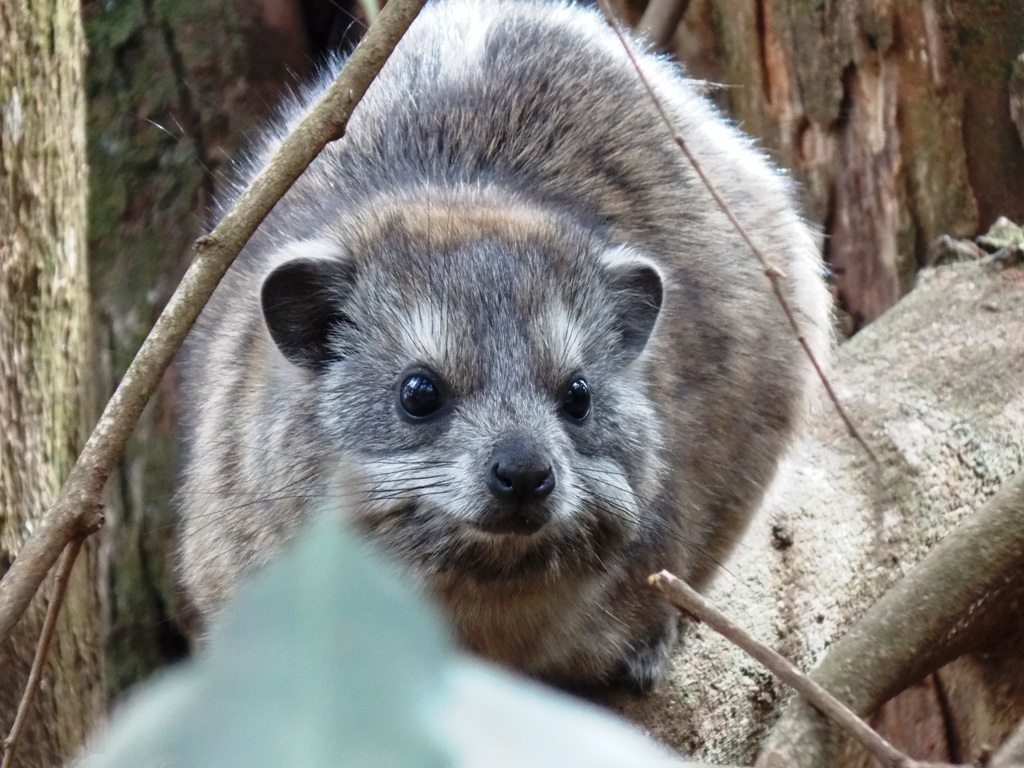
More than 60 species of mammals are known to occur in Mau Eburu Forest. It is a delicate miniature island of biodiversity and home to 13 of the fewer than 100 surviving wild populations of critically endangered Eastern Mountain Bongo-Mau Eburu flagship. A gorgeous and grandiose Antelope that is doing quite well, young ones have been recorded by the cameras installed to track their movements.
The Eastern Mountain Bongo is listed as critically endangered, their total number estimated to be fewer than 120, and is restricted to a few upland forests, in Aberdares Ranges, Mount Kenya, and Mau Escarpment. The forest is home to 10 percent of the global wild population of the critically endangered Eastern Mountain Bongo. Other Mammals in Mau Eburu Forest; Cape Buffalo, Mau Guereza Monkey, Sykes’s Monkey, Leopard, Bushbuck, Common Duiker, Bushbaby, Tree Hyrax, Yellow-backed Duiker, Giant Forest Hog ( forest-dependent), Blue Duiker, Black Fronted Duiker,
There are no accommodation facilities inside the forest, but there are camping sites. But it has the advantage of being so close to Lake Naivasha where choices of different comfy accommodations are plenty
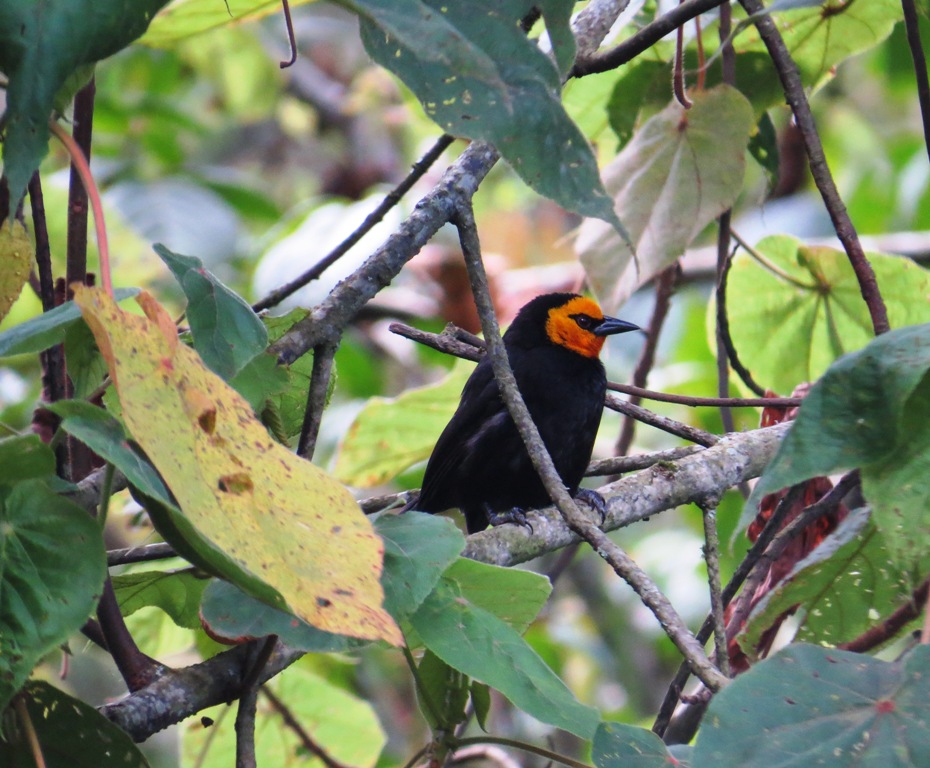
Mau Eburu forest is home to a rich variety of highland forest bird species, more than 250 different birds have been recorded. Birding is pretty easy because the gradient is gentle any age bracket can manage. Often skulking in bushy thickets at the forest’s edge, is Doherty’s Bushshrike one of Africa’s most astonishing birds. Some of the forest’s birds are birds with a western or predominantly western, distribution in Kenya. Examples include the Blue-spotted Wood-Dove, Yellow-billed Barbet, and Black-billed Weaver, Black -and -white-casqued Hornbills have been seen intermittently.
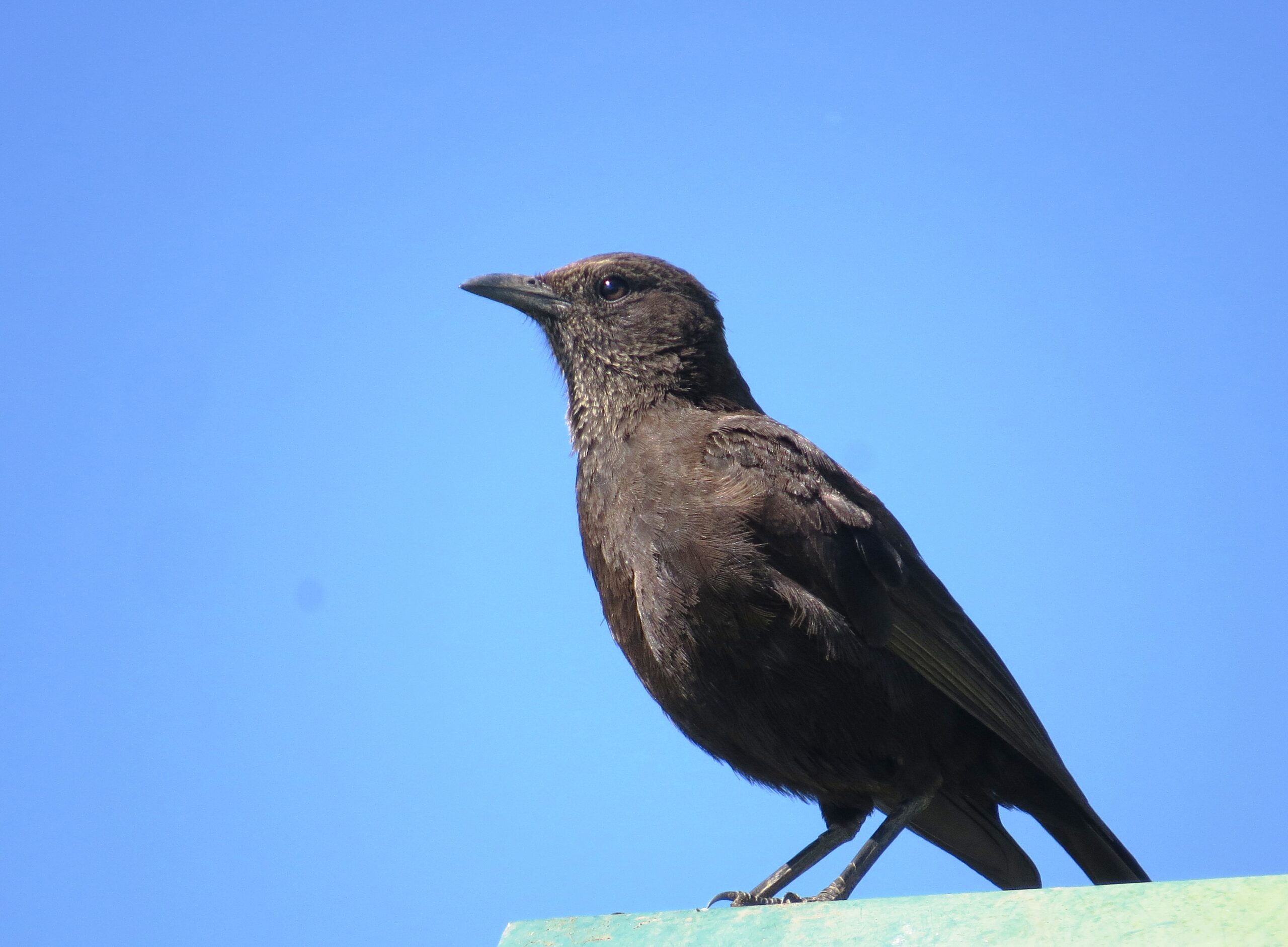
Other forest birds are the White-headed Wood-hoopoe, Mountain Yellow Warbler, African Hill Babbler, Abyssinian Ground Thrush, Brown-chested Alethe, and Abyssinian Crimsonwing. Mau Eburu forest provides refuge and breeding ground for the African Crowned Eagle– the most thickset and powerful of all African birds of prey, often seen and heard displaying high above the treetops looking for a meal. Walking is allowed inside the forest with an armed ranger from Kenya Forest Service or the community scouts (From Eburu’s Ogiek community who still trade honey, herbal medicine, and other items they collect from the forest) they have helped in monitoring the Eastern Mountain Bongos.
A link for a birding report on global day birding https://ebird.org/tripreport/164306
Uganda is one of the best countries in Africa for birding adventures, a popular birding destination, and for a good reason, easily accessible, has good accommodation, and infrastructure, a feast of stunning scenery, great birding plus a generally pleasant temperature. Uganda Birding Tour predominantly focuses on birds and mammals with excellent opportunities for photography. Uganda as a country offers unsurpassed opportunities to see primates such as Eastern Mountain Gorillas, Chimpanzees, and Golden Monkeys.
